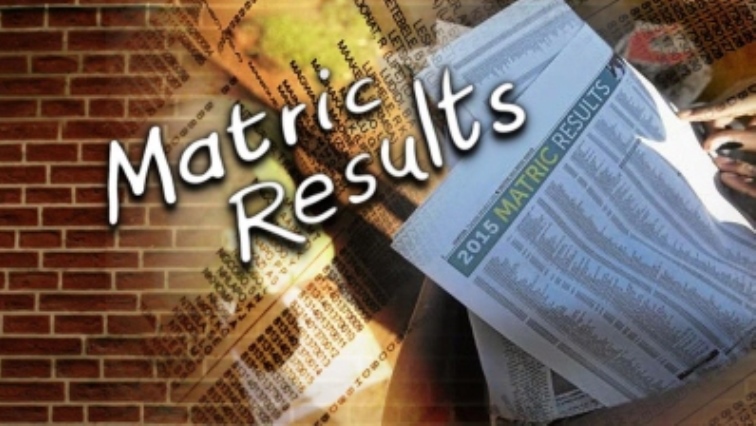Following an increase in the results of the matric class of 2018, questions have been raised about whether it is a true reflection of an improving standard of education in the country.
Basic Education Minister Angie Motshekga announced the 2018 National Senior Certificate Examination results on 3rd January 2019, indicating that the national matric class of 2018 achieved a pass rate of 78.2%. This showed an increase of 3.1% from the 75.1% achieved in 2017.
Western Cape Education MEC Debbie Schafer pointed out that the department has encountered many challenges such as an increase in learners and a lack of schools to accommodate them. This has forced some schools to accommodate more than they are capable of.
Schafer explained that the true level of progress made is determined by an inclusive set of criteria.
This includes the percentage of pass in subjects such as maths and science, the number of bachelors passes and the retention rate. Retention rate refers to the number of learners who entered the schooling system in grade one and the amount that made it to matric.
“What we need is a better, more realistic measurement of success so that it does not encourage people (schools) to get rid of weaker learners and discourage them from writing their exam- where they could actually pass. We believe that this practice defeats the purpose of education for these children and is unacceptable. It denies them the opportunity to succeed, no matter what challenges lie before them,” said Schafer.
The Western Cape had an 82.8% pass rate nationally, the third highest in the country behind the Free State and Gauteng. Both Mathematics and Physical Science showed an increase in the Western Cape pass rate, where Mathematics went up from 73% to 76% and Physical Sciences increased from 73% to 79.5%.
During the announcement of results in Johannesburg, Motshekga explained how the Bachelor pass rate has progressively increased, noting however that the 2017 and 2018 were similar:
“The Bachelor passes achieved by learners in “no fee” schools stand at 84 700 (compared to 76 300 in 2017); while fee-paying schools produced 76 599 Bachelor passes (compared to 67 867 in 2017). This implies that in 2018, quintile 1 to 3 schools produced 53% of the Bachelor passes (the same as in 2017), while quintiles 4 and 5 schools produced 47% Bachelor passes (the same as in 2017). The significance of this, is that the gap between the Bachelor passes produced by quintile 1 to 3 schools versus those produced by quintiles 4 and 5 schools has significantly and progressively increased from 4% in 2016, to 6% in 2017 and 2018.”
The province has also been responsible for producing the highest amount of bachelor passes, meaning more students will be able to apply to study degrees at tertiary institutions.
Vice Dean of the Education Faculty at Stellenbosch Professor Aslam Fataar explained that this indicated an improvement in the quality of passes. Fataar also added that the drop-out rate in the Western Cape in comparison to the rest of the country is the lowest.
“The increase in pass rate, relative to decrease in retention rate, relative to bachelor pass rate, means that the Western Cape is beginning to optimize the quality but not fundamentally target quantity. But the raw indication of a “pass rate” is not an indication of quality (standard),” said Fataar.
He also echoed the sentiments of Schafer in that the country is under strain when it comes to addressing socio-economic ills that hamper student’s ability to succeed. These include gangsterism and poverty, which play an impactful role in the daily lives of students.
Fataar explained that these issues have a “knock-on effect” and that it is important that all key role-players work together to ensure a greater standard of teaching, learning and overall definition of “success”. The community, parents, religious and civil society all need to be aligned to achieve this.
Moreover, students need to be encouraged to establish routines and be disciplined and focused. The education system, Fataar said, also needs to cater to this.
“There has to be a relationship between parents and school, as well as teachers and parents. The relationship of school subjects that students are perhaps coerced into doing is also something that needs to be addressed. Schools also need to be committed to educational processes for their learners.”
Schafer said that matric results go through a detailed analysis to find out which areas need attention, having said that once this is clarified, schools will be provided with the assistance they need.
She further added that the department is working with the South African Police Service (SAPS) and the City to better safety issues.
Fataar said a lot of research and development work goes into closing the “articulation gap” which is the standard that the school produces and what the university now needs to produce.
Despite the results being painted in an encouraging light, both Schaffer and Fataar agreed that more attention needs to be placed on reducing the retention rate and putting resources into developing the foundation phases of education:
“We have to move debate into different direction, systemically to foundation phase. Improve reading, writing literacy in the first three years of schooling and access to early childhood development, to making sure between home, community and schooling are tighter so that their experience is better,” said Fataar.
VOC/Tauhierah Salie






 WhatsApp us
WhatsApp us 

